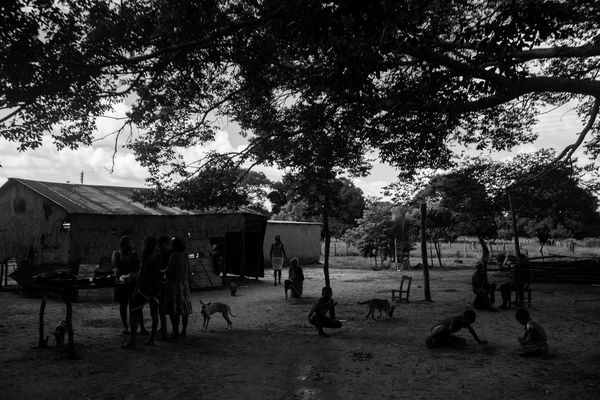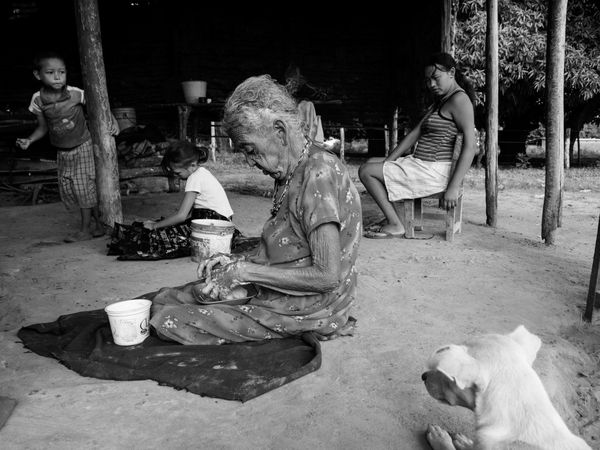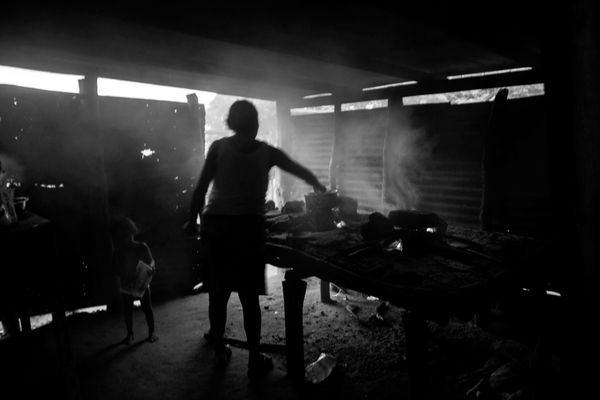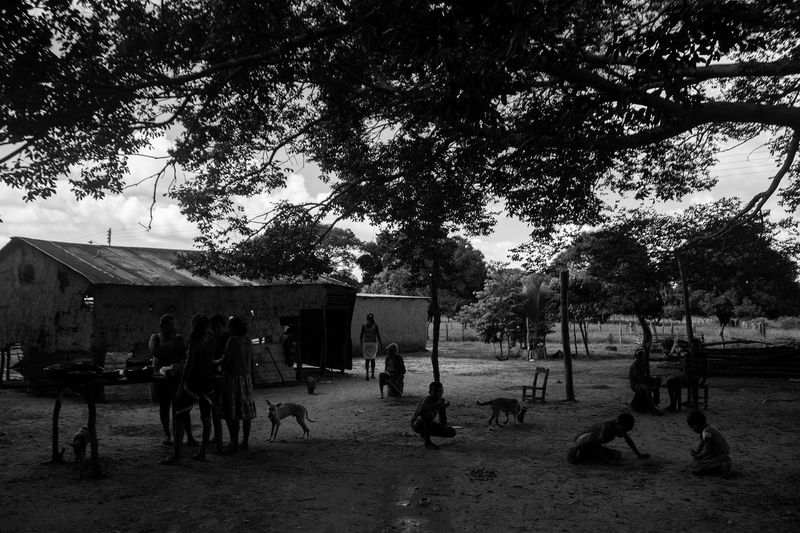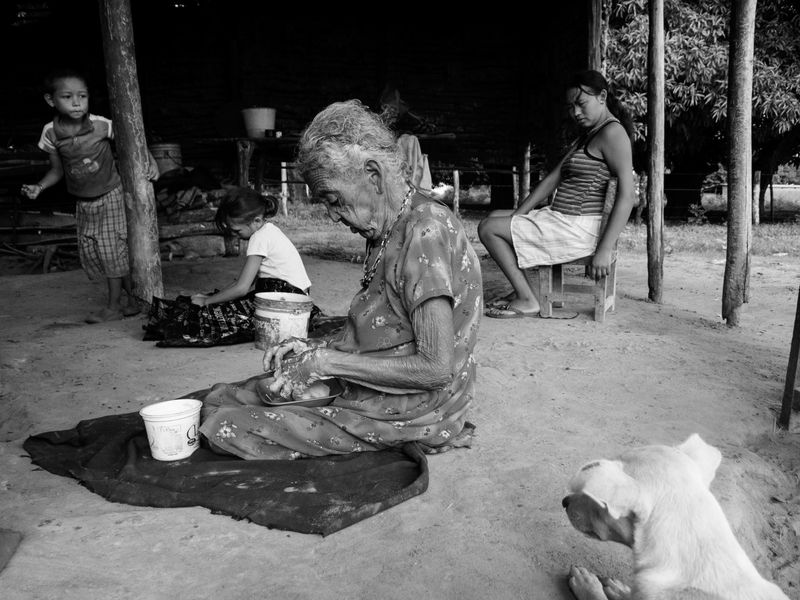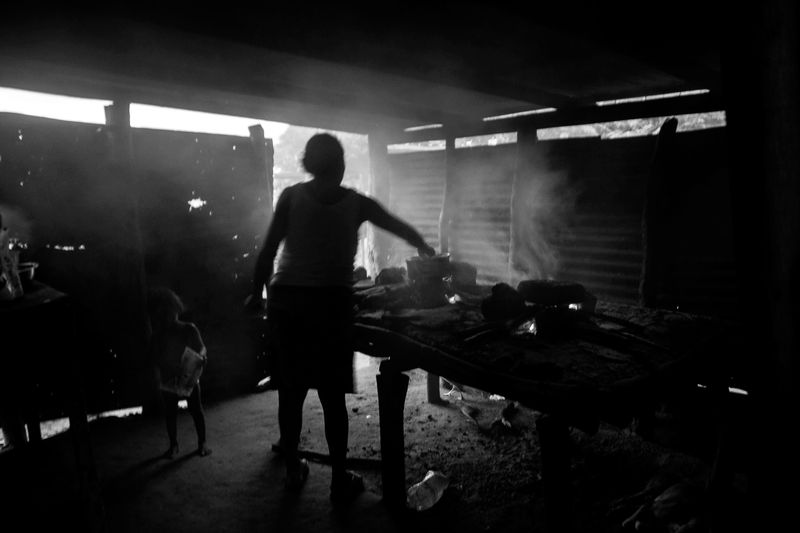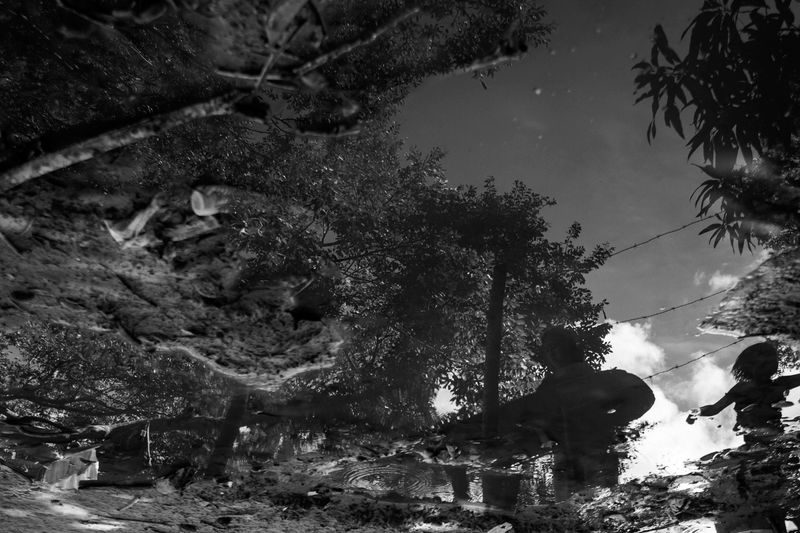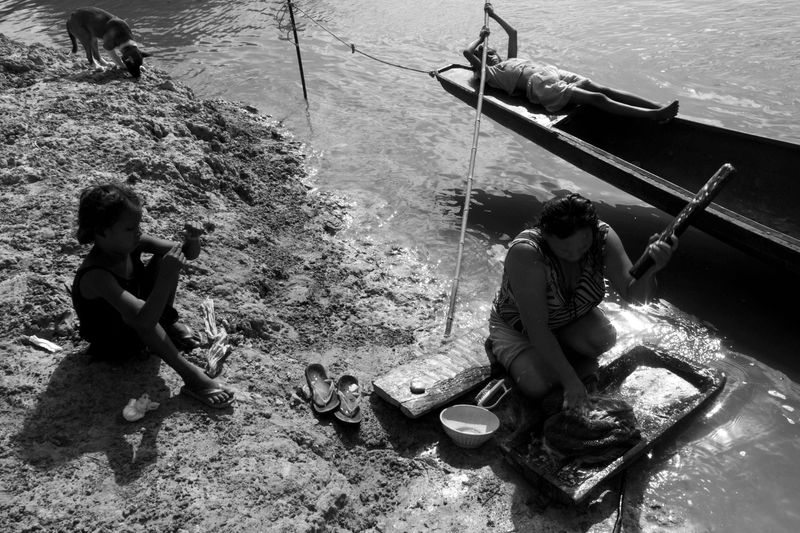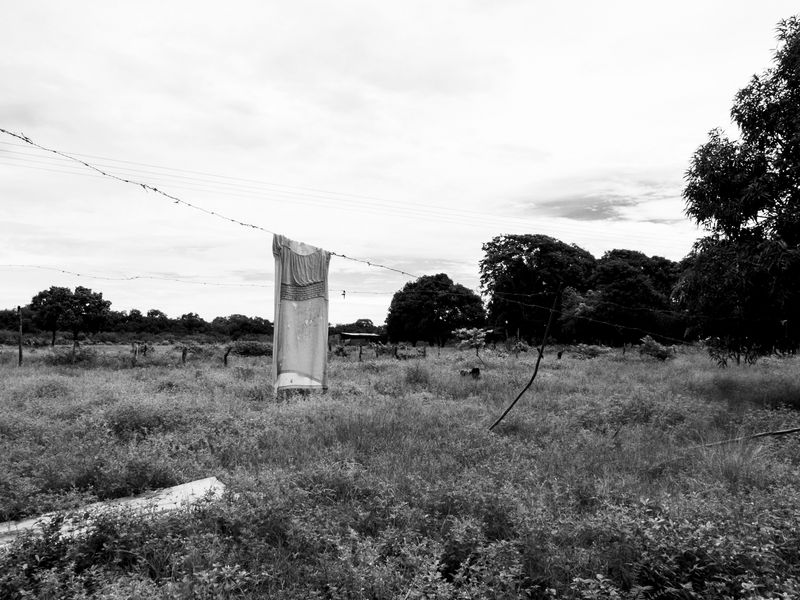Pume Women
-
Dates2012 - 2013
-
Author
- Topics Landscape, Social Issues, Documentary
- Location Apure, Venezuela
In one of the strongest and most important trips of my life, I met the women of the Pumé indigenous people, in the plains of the Apure state of Venezuela and on the banks of the Capanaparo River.
In one of the strongest and most important trips of my life, I met the women of the Pumé indigenous people, in the plains of the Apure state of Venezuela and on the banks of the Capanaparo River.
Pume women are part of the struggles against exclusion, ethnic discrimination and the condemnation of indigenous people to a bygone past. They embody the support and balance of the entire community, in the constant and daily care of the sons and daughters, the processing, preparation and distribution of food, the collection of firewood, weavers and tool makers, even planting in some cases; while on the other hand they are also part of the religious, shamanic and ritual world. They are key even when men are often absent for work outside the settlements, as labor for non-indigenous people, the "nivé" (in the Pumé language).
Through them there is a constant and dedicated process of teaching, transmission of knowledge and skills from one generation to another, which maintains identity and language, without forgetting the conformation of their own space and autonomy within these communities. However, indigenous women in some cases are subordinated and marginalized, vulnerable to the violence that can be exerted on them, even within their own communities; also presenting difficulties around their health, access to education (bilingual intercultural) and their own needs as women.
